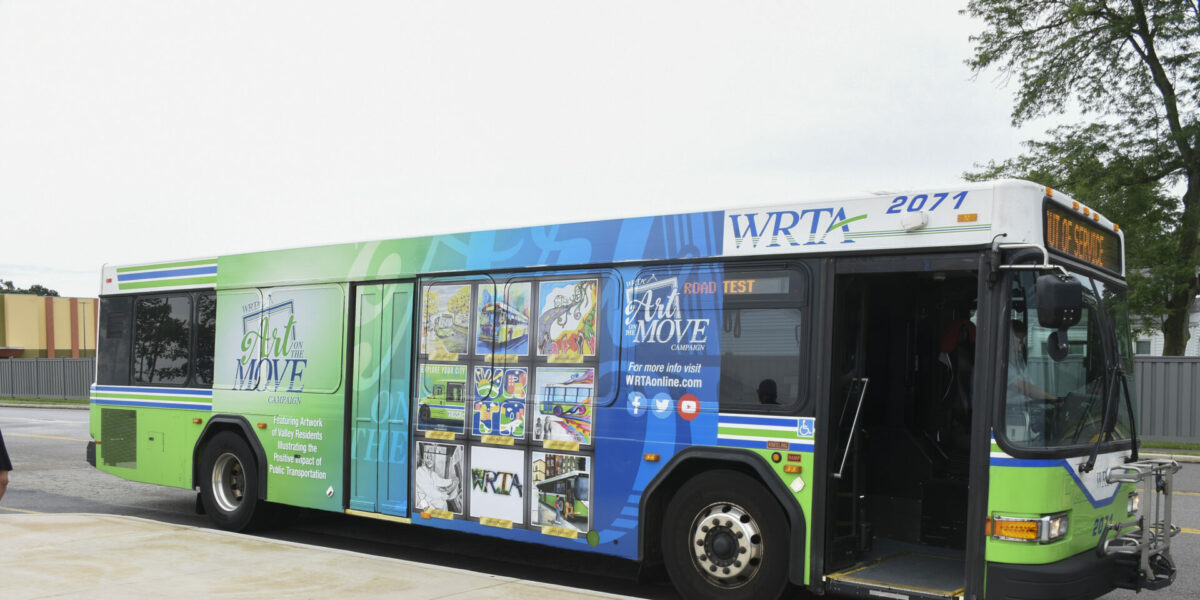Transit Advertising Philippines: Reach Thousands of Travelers Daily
Comprehending the Function of Transit Marketing in Enhancing Brand Name Presence and Customer Involvement
Transportation advertising has arised as a pivotal component in the advertising and marketing landscape, supplying unique chances for brand names to raise their exposure and involve customers effectively. With the capacity to get to a captive and diverse audience throughout their everyday commutes, these advertising methods are not simply concerning presence; they have to do with creating purposeful links with possible consumers. As we check out the multifaceted benefits and ingenious methods within transit advertising, it becomes important to consider just how these aspects collectively influence consumer assumption and habits, raising concerns regarding their lasting influence on brand name loyalty.
Interpretation of Transit Advertising And Marketing
Transportation marketing describes the method of promoting items, services, or brands with ads placed in and around mass transit systems. This type of marketing encompasses a selection of placements, including posters on trains and buses, electronic displays at transit terminals, and covers on the outside of lorries. It intends to get to a diverse audience, profiting from the high foot traffic associated with public transportation.
Transportation advertising and marketing is tactically positioned to capture the focus of travelers, that frequently spend substantial time taking a trip or waiting. By integrating ads right into the everyday routines of individuals, brands can develop a long-term perception and foster brand name acknowledgment. The tool is specifically efficient in city settings, where public transportation is a key setting of travel.
Additionally, transportation marketing can assist in local targeting, permitting organizations to get to particular demographics based upon transportation routes and station areas. As urban populaces grow and using public transport boosts, this advertising approach has gained prestige as an essential part of incorporated advertising techniques. The vibrant nature of transit advertising, integrated with its ability to engage customers in a restricted setting, underscores its relevance in contemporary advertising and marketing practices.
Benefits of Transit Marketing
The efficiency of transit marketing depends on its capability to provide a wide variety of benefits to brands seeking to enhance exposure and interaction. Among the key benefits is the substantial reach it offers; transit ads can efficiently target varied demographics across city locations, getting to both commuters and pedestrians alike. This broad exposure considerably boosts brand name awareness.
Another advantage is the high regularity of impressions. As transportation automobiles follow recognized routes and stop at several areas, they create recurring direct exposure that strengthens brand messages. This frequency promotes experience, which is crucial in consumer decision-making.
Transit marketing is additionally cost-efficient compared to other media platforms. Provided its expansive reach and possibility for high impressions, brands typically experience a lower cost per thousand perceptions (CPM), maximizing their marketing budget plan.
Furthermore, transit advertisements can develop a feeling of neighborhood link. By aligning with local transportation systems, brands can resonate with local target markets and promote a sense of local satisfaction. This local technique enhances brand name loyalty and involvement, making transportation advertising and marketing an engaging option for organizations intending to solidify their visibility out there.

Effective Techniques for Transportation Projects
To make best use of the effect of transit projects, brands must leverage strategic preparation and execution customized to their target market. First, determining the group attributes of the target market utilizing public transit is important. This permits brands to create personalized messaging that resonates with prospective consumers.
Next, choosing the best transportation tools is essential. Whether making use of bus wraps, train posters, or electronic displays, each tool has special benefits that can enhance exposure. As an example, lively visuals on bus covers can draw in focus, while electronic advertisements can be updated often to reflect prompt promotions.
Moreover, incorporating a natural branding strategy across transit systems makes sure consistency and enhances the brand's identification. Making use of unforgettable taglines and attractive designs will strengthen brand name recall amongst travelers.
By using these techniques, brand names can efficiently harness the my website potential of transit advertising and marketing, cultivating better understanding and connection with their target audience. Eventually, a well-executed transportation project can drive substantial development in brand name exposure and customer interaction.

Gauging Impact and Interaction
In examining the effectiveness of transit marketing campaign, accurate dimension of effect and engagement is vital for brand names seeking to optimize their advertising and marketing approaches. Metrics such as reach, frequency, and impacts supply fundamental data to analyze exposure. Examining these aspects assists establish just how numerous prospective customers are subjected to the ads during their daily commutes.
Engagement can be further assessed via consumer communications, such as web site web traffic, social networks states, and straight responses to calls-to-action featured in the advertisements. Utilizing tools like QR codes or distinct Links can help with tracking of consumer behavior straight linked to transportation campaigns. Studies and comments mechanisms likewise act as valuable approaches to collect qualitative data on consumer assumptions and recall of the advertisement.
In addition, progressed analytics and attribution designs can correlate transportation exposure with subsequent acquiring habits, providing understandings right into the roi. By employing an extensive approach that combines qualitative and quantitative steps, brand names can create a nuanced understanding of their transportation advertising and marketing influence. Eventually, this data-driven method makes it possible for brand names to fine-tune their projects, guaranteeing they resonate properly with target market and boost total brand name exposure.
Instance Research Studies of Successful Projects
Effective transportation advertising projects function as compelling examples of how reliable strategies can raise brand exposure and engagement. Transit Advertising Philippines. One remarkable situation is the "I Love New York" campaign, which changed the city's picture and attracted numerous visitors. By using metro advertisements, signboards, and bus covers, the project developed a strong, cohesive brand identity, leading to a considerable uptick in tourist and neighborhood organization patronage
An additional exemplary project is Coca-Cola's "Share a Coke" initiative, which leveraged transit advertising and marketing to customize the brand name experience. By including prominent names on advertising materials throughout numerous transportation platforms, Coca-Cola fostered a deeper psychological link with customers, urging them to share their experiences on social media.
Furthermore, the "Got Milk?" project effectively used public transport advertisements to reach a wide target market, strengthening the message of the relevance of milk in a balanced diet plan. The project saw a quantifiable rise in milk consumption in target demographics.
These situation researches highlight that directory when implemented thoughtfully, transportation marketing can dramatically boost brand presence, foster consumer involvement, and drive quantifiable results, showing its important role in contemporary advertising techniques. - Transit Advertising Philippines
Conclusion
Finally, transportation advertising and marketing serves as a vital device for improving brand presence and promoting customer involvement. By making use of purposefully placed promotions within public transportation systems, brand names can properly reach varied target markets and reinforce acknowledgment through consistent exposure. The implementation of targeted messaging and innovative methods additionally magnifies the influence of transit projects. Inevitably, the capacity to measure involvement and analyze effective study underscores the effectiveness of transit advertising in driving brand name loyalty and customer interactions.
Transportation advertising and marketing has actually emerged as a critical element in the marketing landscape, offering unique opportunities for brands to elevate their exposure and involve customers properly.In addition, transportation advertising this page and marketing can help with localized targeting, allowing businesses to reach details demographics based on transit routes and station locations.In reviewing the effectiveness of transportation advertising and marketing projects, precise measurement of impact and involvement is vital for brand names looking for to enhance their marketing techniques.Effective transportation advertising and marketing campaigns serve as engaging examples of how efficient techniques can raise brand visibility and interaction.In final thought, transportation advertising serves as an important device for enhancing brand name presence and promoting consumer engagement.